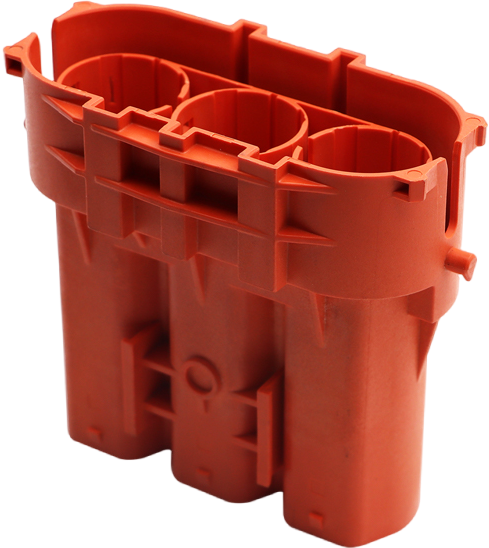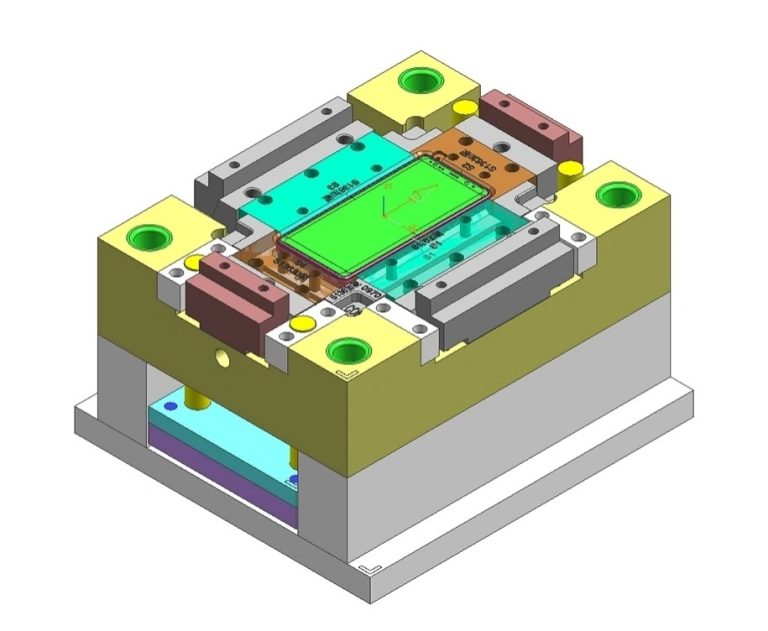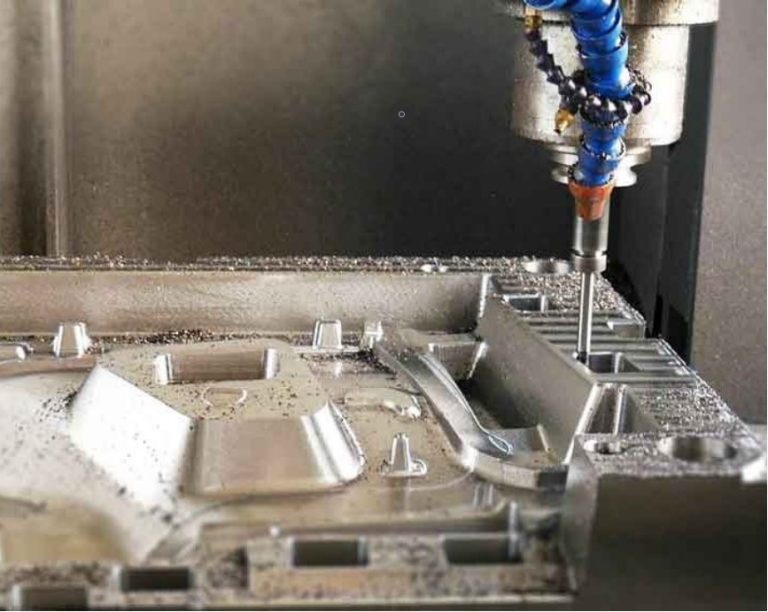
Design Tips of Mold Making
Designing molds for injection molding is a crucial step in the manufacturing process, as it directly affects the quality and consistency of the final product.
> 3-Day Lightning Delivery
> North America’s Top 10 One-stop Solutions
> 75+ Choices of Materials
Design Tips of Mold Making
Mold making is the process of creating a mold or pattern that can be used to produce multiple identical parts or products. The mold is typically created from materials such as metal or plastic, and the process involves several steps, including design, prototyping, and production. The quality of the mold is critical to the success of the production process, so careful consideration must be given to the design and manufacturing of the mold. Here are six design tips for successful mold making.

Tip 1: Understand the production process
Before designing a mold, it’s important to understand the production process and the requirements of the final product. This includes factors such as the material used, the dimensions of the final product, and any specific tolerances or surface finishes required. By understanding the production process, the mold can be designed to meet these requirements, resulting in a higher quality final product.
Tip 2: Consider the material
The material used for the mold can impact the quality of the final product. For example, aluminum molds are often used for low volume production, while steel molds are more durable and suitable for high volume production. It’s important to select a material that is appropriate for the production requirements and will provide the necessary durability and precision.
Tip 3: Optimize the mold design
The design of the mold can impact the efficiency and quality of the production process. The mold should be designed to optimize the flow of material and reduce the risk of defects or imperfections in the final product. This can be achieved through careful consideration of factors such as the shape of the mold, the placement of gates and runners, and the use of cooling channels.

Tip 4: Use high-quality tooling
The tooling used to create the mold can impact the quality of the final product. High-quality tooling, such as CNC machining or 3D printing, can result in a more precise and durable mold. This can reduce the risk of defects in the final product and improve the overall efficiency of the production process.
Tip 5: Plan for maintenance and repair
Even the most durable molds will require maintenance and repair over time. It’s important to plan for these events by designing the mold with easy access to critical components and allowing for easy disassembly and reassembly. This can help to minimize downtime and reduce the risk of damage to the mold or the final product.
Tip 6: Test and refine the mold design
Once the mold is created, it’s important to test and refine the design to ensure it meets the production requirements. This can involve several rounds of prototyping and testing to identify any issues and make necessary adjustments. By refining the design, the mold can be optimized for the specific production process, resulting in a higher quality final product and improved efficiency.